Ashley Onadele
Ashley Onadele
Former Senior Content Contributor
125 Published Articles
Countries Visited: 15U.S. States Visited: 10
Ashley discovered a love for travel in college that’s continued as her family has grown. She loves showing parents how they can take their families on trips using points and has contributed to numerou...
Edited by: Jessica Merritt
Jessica Merritt
Senior Editor & Content Contributor
177 Published Articles 748 Edited Articles
Countries Visited: 4U.S. States Visited: 23
A long-time points and miles student, Jessica is the former Personal Finance Managing Editor at U.S. News and World Report and is passionate about helping consumers fund their travels for as little ca...
& Keri Stooksbury
Keri Stooksbury
Editor-in-Chief
70 Published Articles 3693 Edited Articles
Countries Visited: 54U.S. States Visited: 28
Editing with Upgraded Points for over 6 years, as editor-in-chief, Keri manages the editorial calendar and oversees the efforts of the editing team and over 20 content contributors, reviewing thousand...
![What It’s Like To Fly With a 1-Year-Old [Our Top 5 Tips for Success!]](https://upgradedpoints.com/wp-content/uploads/2023/02/Delta-flight-attendant-with-woman-and-baby.jpg?auto=webp&disable=upscale&width=1200)
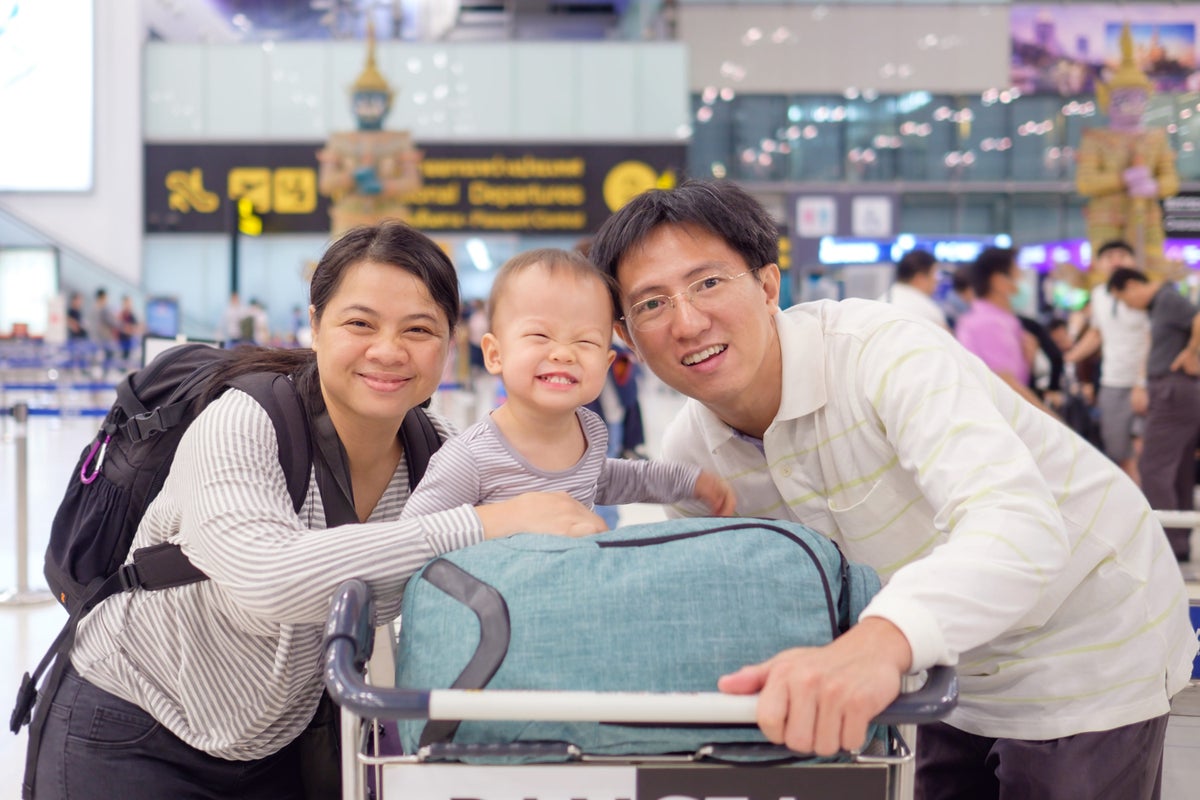
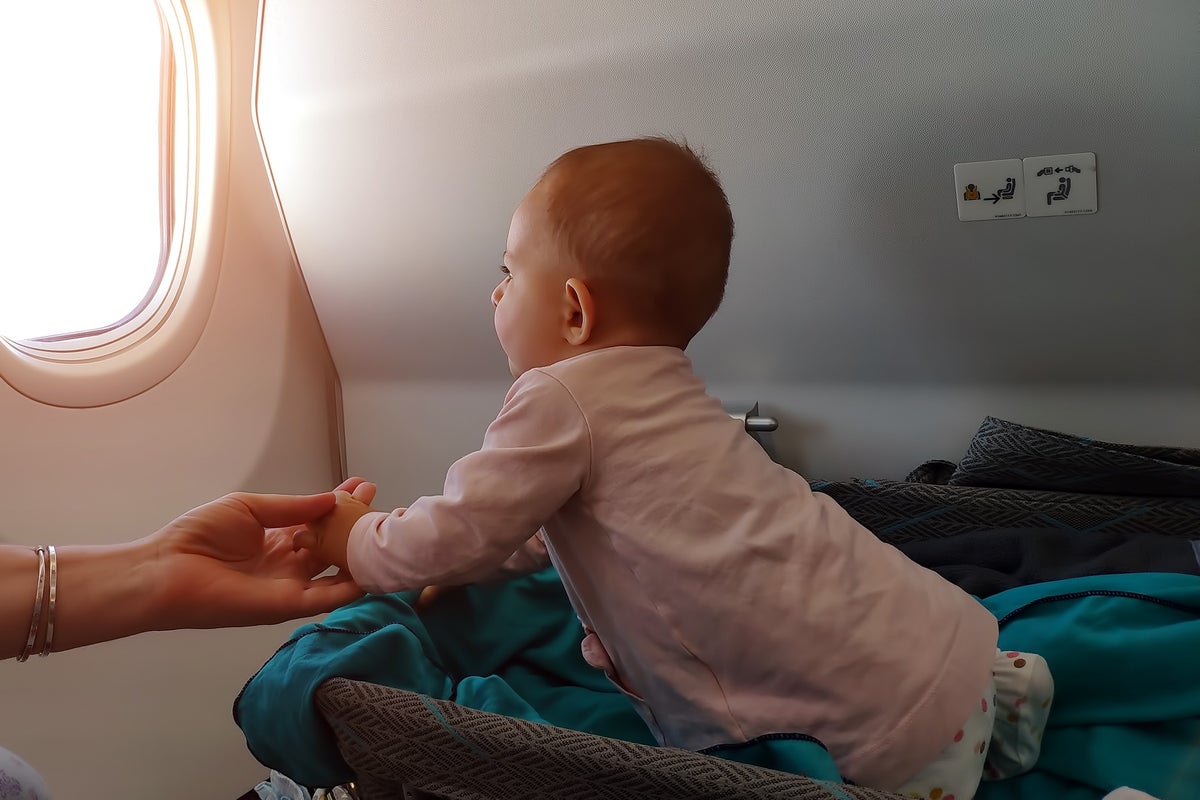
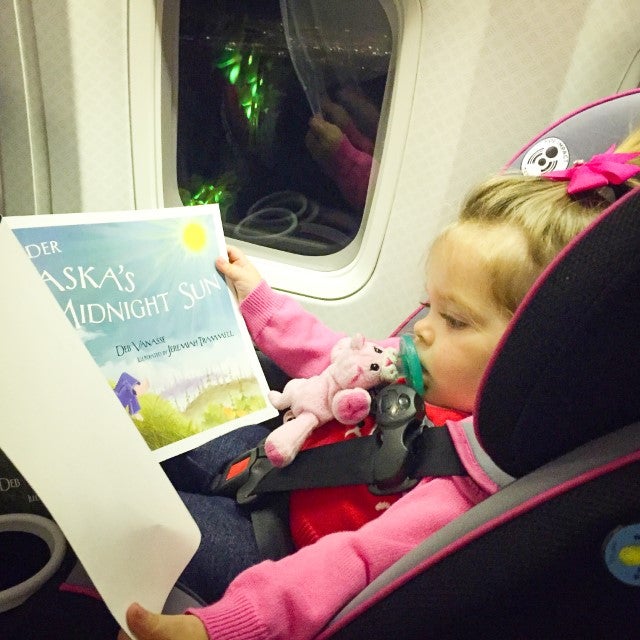
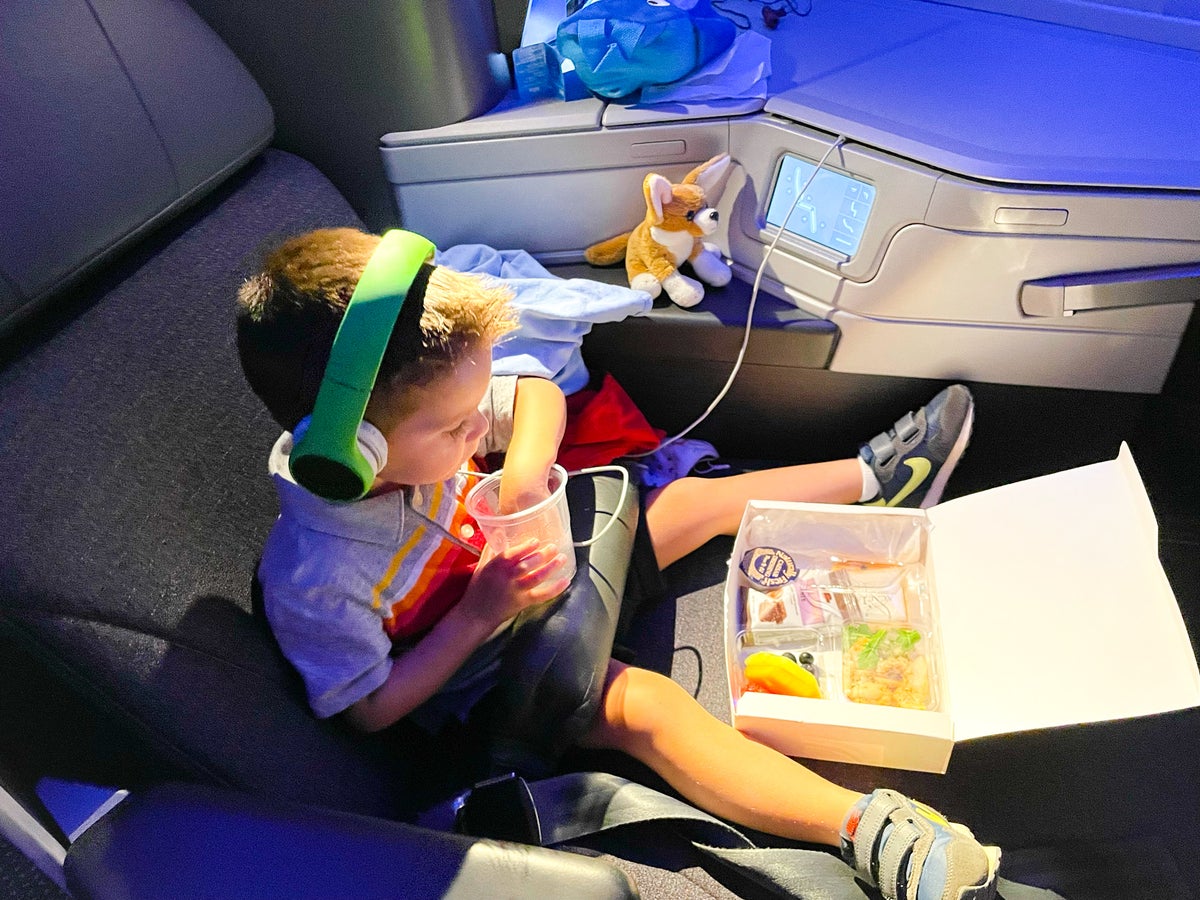
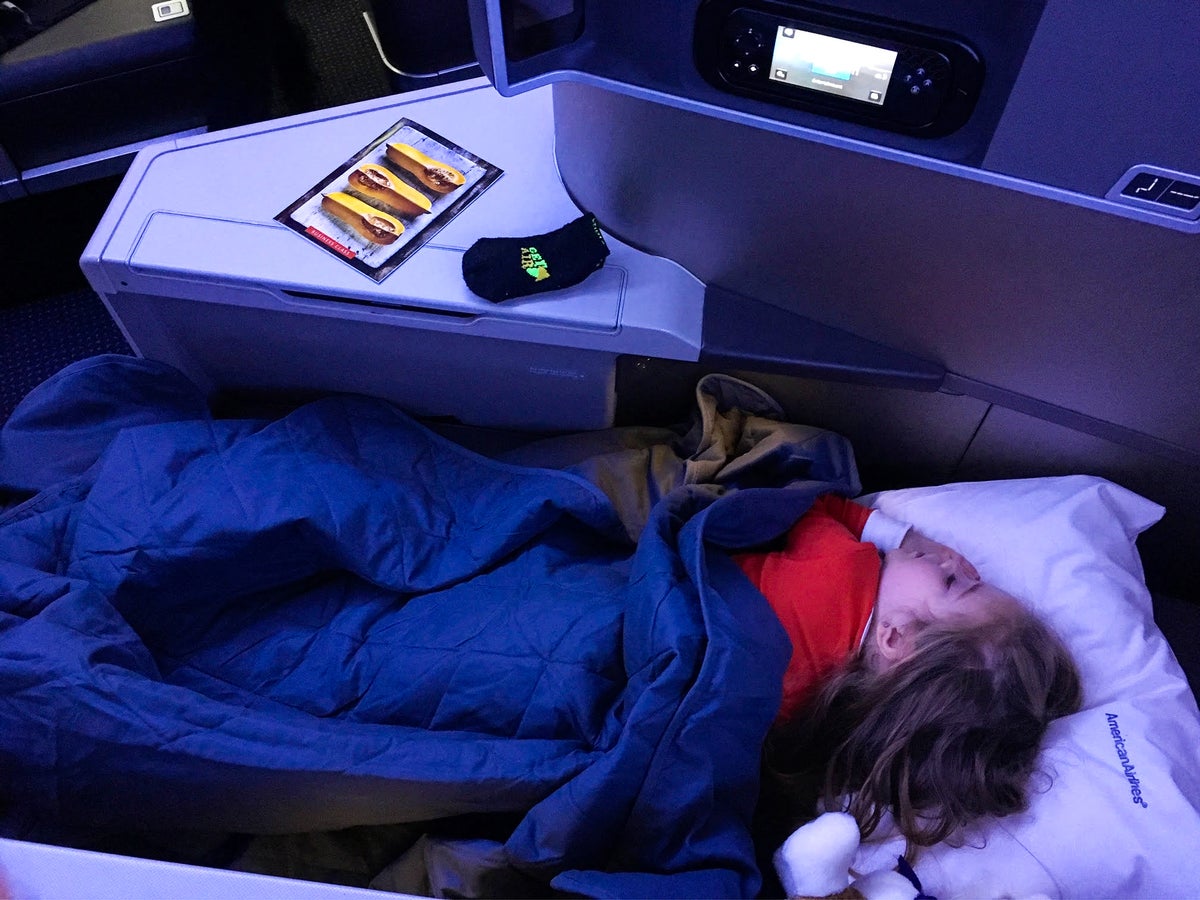
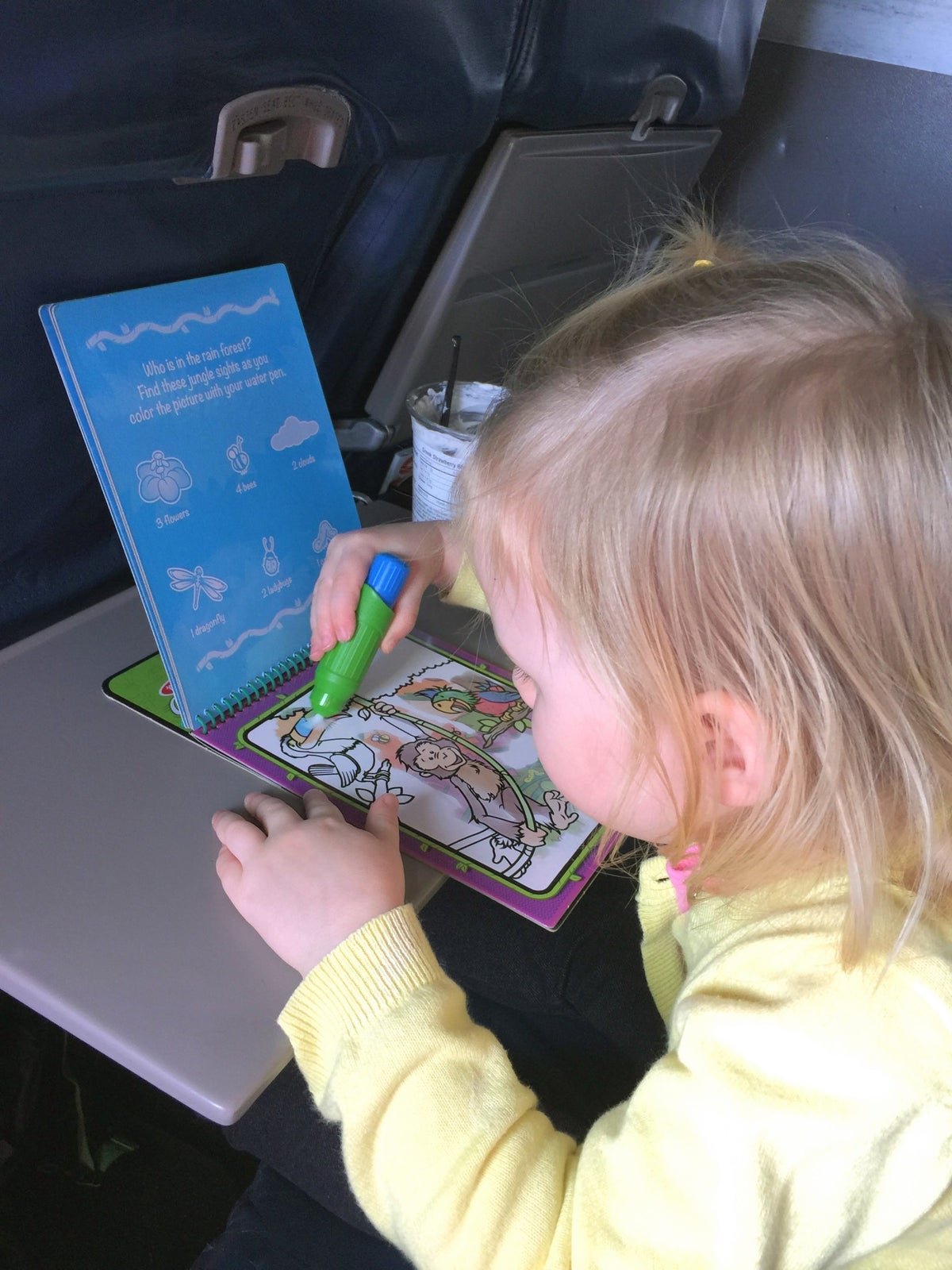

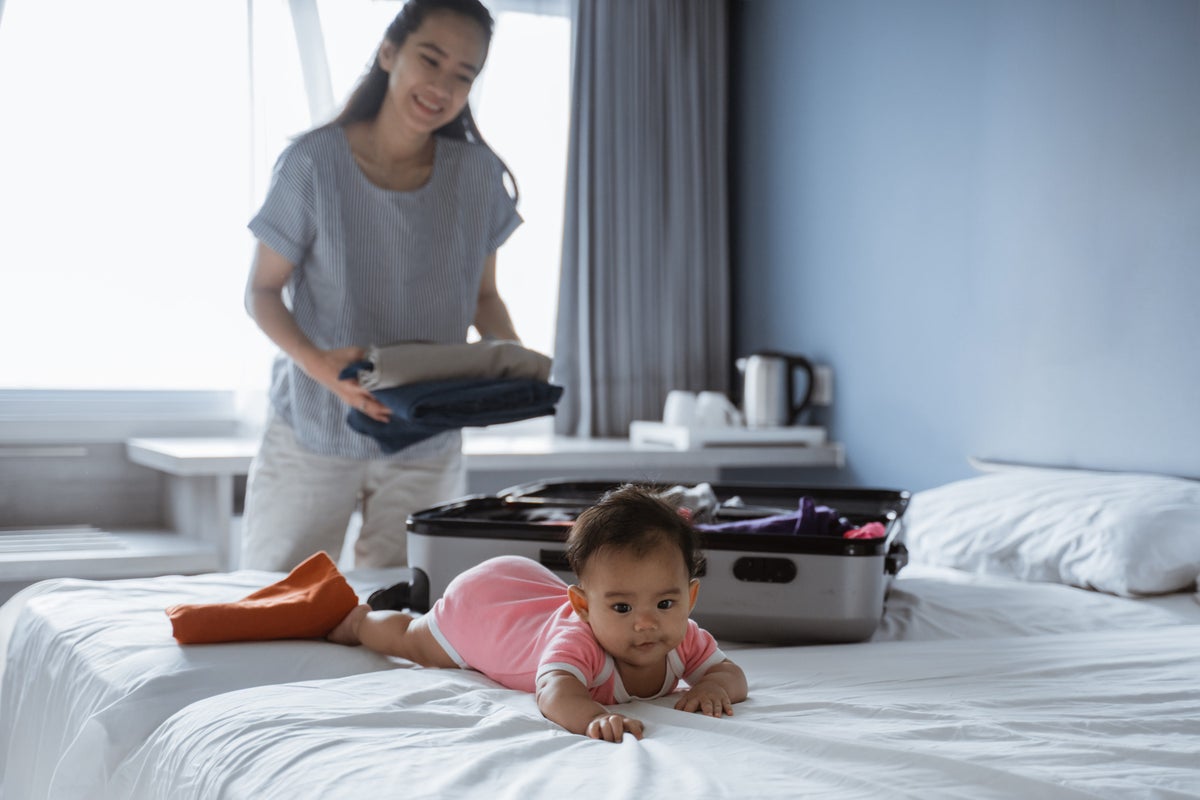
![Flying While Pregnant – Your Guide to Airline Policies [2025]](https://upgradedpoints.com/wp-content/uploads/2022/03/Pregnant-woman-on-plane.jpeg?auto=webp&disable=upscale&width=1200)
![The 8 Best Travel Flasks in 2024 [Detailed Guide]](https://upgradedpoints.com/wp-content/uploads/2022/06/man-drinking-from-his-flask.jpeg?auto=webp&disable=upscale&width=1200)
![Rest, Play, and Relax With the 30 Best Travel Accessories [2025]](https://upgradedpoints.com/wp-content/uploads/2021/10/Best-Travel-Accessories.jpg?auto=webp&disable=upscale&width=1200)
![The 10 Best Travel Yoga Mats – A Detailed Buyer’s Guide [2024]](https://upgradedpoints.com/wp-content/uploads/2019/08/lady-practising-yoga.jpeg?auto=webp&disable=upscale&width=1200)